How Does Weather Affect Farming?
Farmers rely on good weather to grow our food- too much rain can lead to rotting plants, and insufficient rainfall makes it difficult to grow crops and feed animals. Too much wind can make planting difficult, and freezing temperatures can stunt plant growth. Let's explore some of these factors!
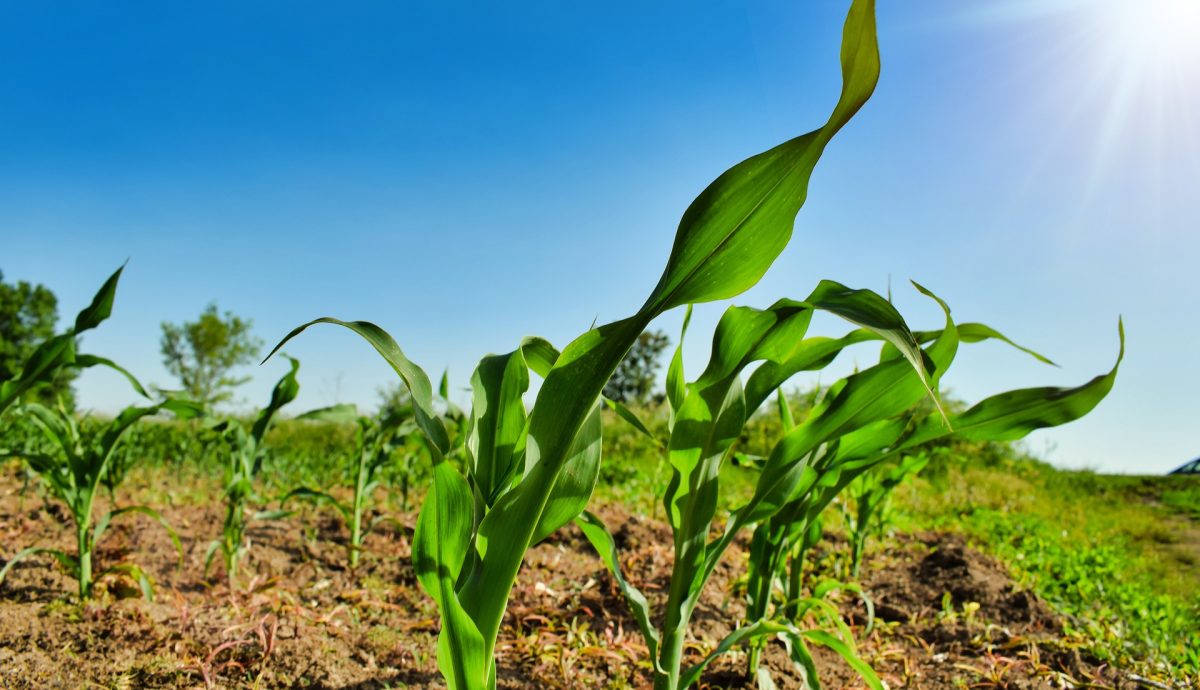
Farmers rely on good weather to grow our food- too much rain can lead to rotting plants, and insufficient rainfall makes it difficult to grow crops and feed animals. Too much wind can make planting difficult, and freezing temperatures can stunt plant growth. Let’s explore some of these factors!
What is a drought, and how does it affect farming? In simple terms, a drought is the absence of precipitation like rain or snow. Farmers need water for healthy soil and for plants to grow; rain is a significant source of this water. During a drought, many crops die.
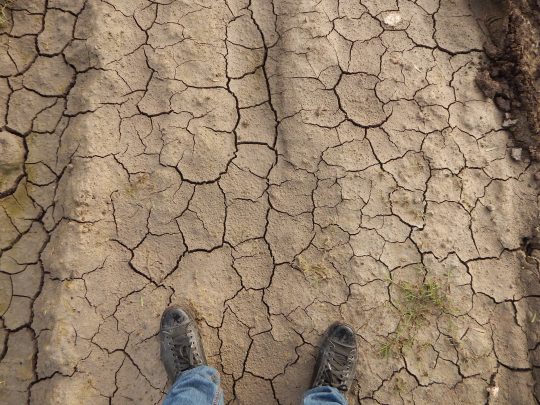
Droughts also affect farm animals. Just like plants, animals need water, and water supplies are limited during a drought. For example, cows eat hay, silage and pasture grasses. During a drought, it is harder for farmers to have access to feed for cows because plants aren’t growing.
On the other hand, too much rain is also a problem! Too much rain can lead to flooding; this makes it difficult for farmers to get to their crops to care for them. If there is a lot of rain during the planting season, farmers may have to delay planting, leading to delayed harvesting. Excessive rain can be damaging to soil, removing necessary nutrients that help plants grow. Too much water also leads to fungus and mold in the soil, which can kill crops.
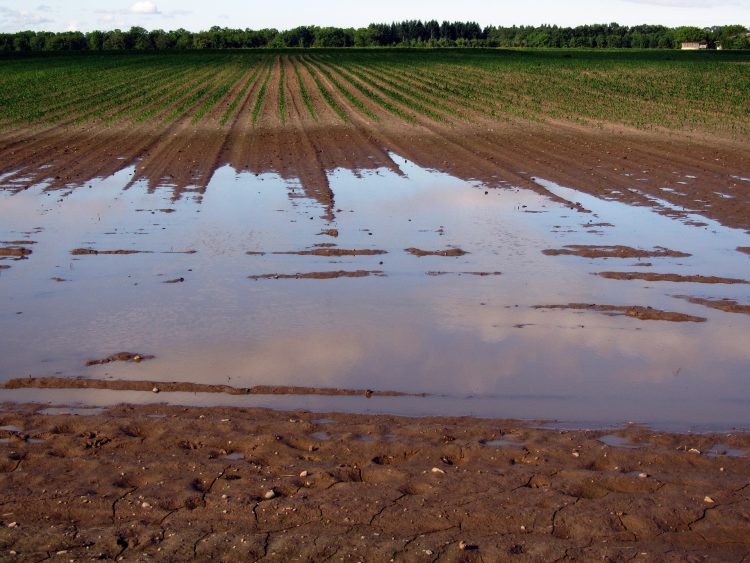
Another weather factor is wind! When it is very windy, topsoil is carried away; topsoil is the top layer of soil containing the nutrients and minerals that help plants grow and stay healthy. Wind can also be damaging to the plants themselves. It can tear off leaves and flowers; if the wind is strong enough, plant roots can be pulled out of the ground.
Cold temperatures are another aspect farmers and ranchers have to think about. Ranchers need to ensure their animals have adequate shelter, food and water. Animals eat more when it is cold because they need more calories to keep warm; ranchers have to make sure they have enough feed for this. Also, during cold temperatures, they need to ensure animals have access to water that isn’t frozen.
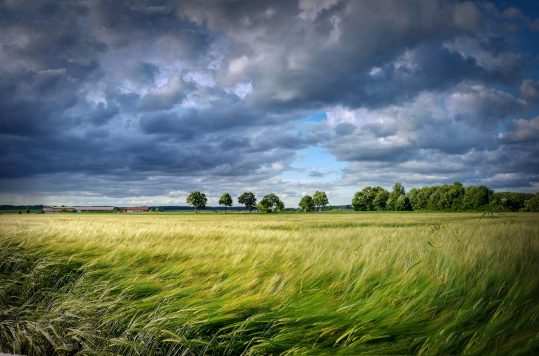
Crops need specific temperatures to grow, and some cannot thrive in cold weather. Some crops are hardy enough to grow during cold months; these include kale, winter wheat and broccoli. Others, like corn, berries and tomatoes, grow better in the summer. These crops need warm soil to germinate and grow. Learn more about growing winter crops in this video!
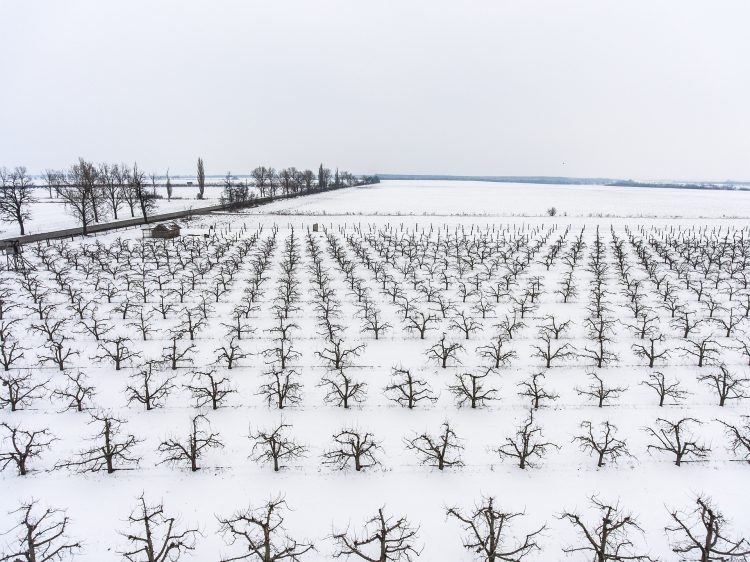
Are you a teacher looking to incorporate this topic in your classroom? Here are a few resources:









